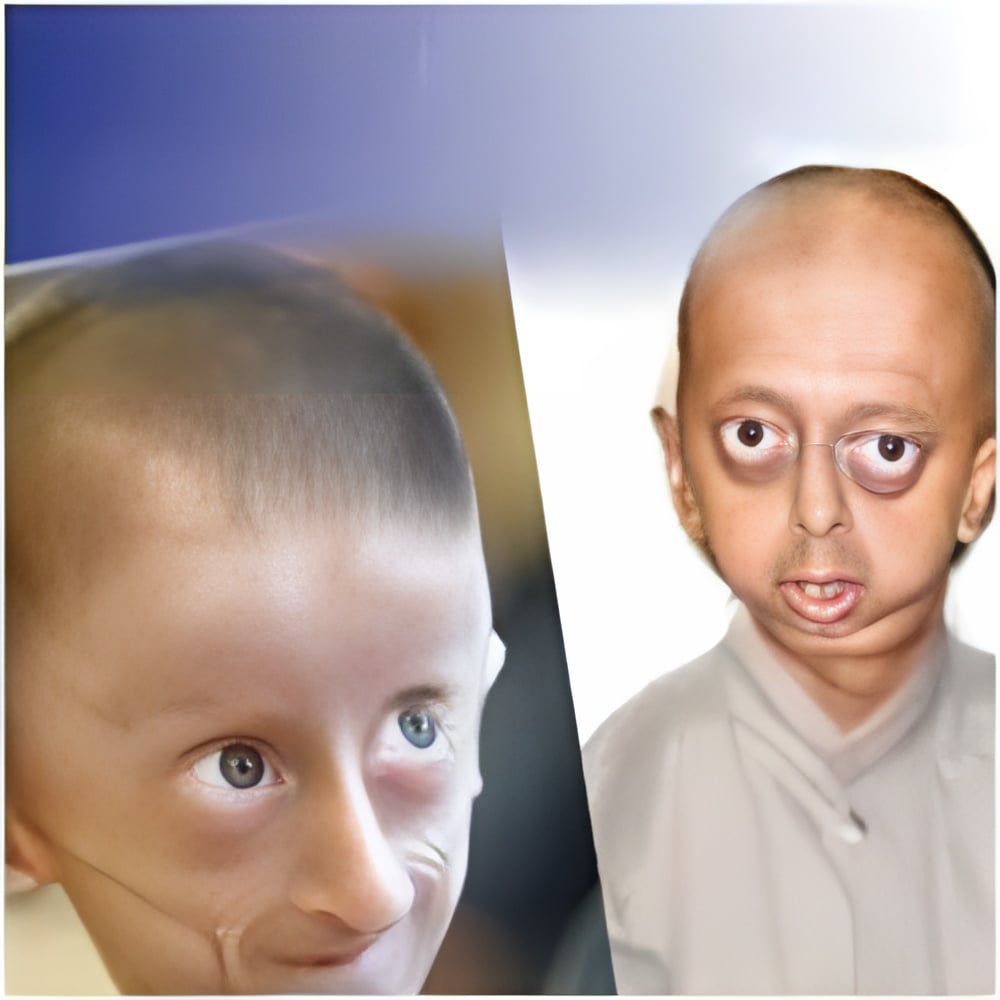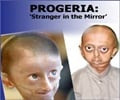
The findings could have significant benefits, such as reducing degeneration of some tissues in older age, and could assist health management in countries, including the UK, where average life expectancy is extending, according to the researchers.
The first results of the 18-month study, led by Durham University, are published in the journal Human Molecular Genetics.
Researchers looked at a group of inherited degenerative disorders called Laminopathies that are caused by mutations in the gene LMNA. The most severe disorders linked to mutation in this gene include Hutchinson Gilford Progeria Syndrome (HGPS), a fatal disease that causes premature ageing in children.
The Durham University and University of Bologna team used in-vitro models and molecular imaging techniques to measure levels of oxidative stress and DNA damage in cells. Oxidative stress relates to the dynamics of cells and the body's ability to detoxify and repair itself. When cells are stressed, levels of highly reactive molecules known as reactive oxygen species (ROS) can increase dramatically. This can result in significant damage to cell structures and to DNA which is one underlying cause of premature ageing and standard ageing.
The team monitored changes in thousands of 'crinkly', damaged cells after administering NAC, a widely-used and well-tolerated drug. They found that while this drug did not affect some aspects of cell stress that are effectively controlled by currently used drugs, it very effectively controlled ROS generation and DNA damage. The results suggest that administration of NAC in combination with currently used drugs might improve the health of children with progeria.
Advertisement
"Mutations in the LMNA gene cause more diseases, such as muscular dystrophy, than any other that we know. We've found that DNA damage can be controlled and our findings could be an important step to helping both children with progeria and older people to live lives that are less debilitating in terms of health problems."
Advertisement
Professor Hutchison added: "We are using a careful approach that will look at patients with progeria to see if there's a model that can be used for wider medicine. It would be great to find a way to help relieve some of the effects of progeria and to extend the children's lives, whilst also finding a way to help increasingly ageing populations in many parts of the world.
"The findings are at a very early stage but they show the potential for helping people to live more comfortable and less painful lives when they reach 70 and 80 years of age and beyond."
Hutchinson-Gilford Progeria Syndrome "Progeria" or "HGPS" is a rare, fatal genetic condition characterized by an appearance of accelerated aging in children. Progeria has a reported incidence of about 1 in 4 - 8 million newborns from all over the world. It affects both sexes equally and all races. Although they are born looking healthy, children with Progeria begin to display many characteristics of accelerated aging at around 18-24 months of age.
Progeria signs include growth failure, loss of body fat and hair, aged-looking skin, stiffness of joints, hip dislocation, generalized atherosclerosis, cardiovascular (heart) disease and stroke. The children have a remarkably similar appearance, despite differing ethnic backgrounds. Children with Progeria die of atherosclerosis (heart disease) at an average age of thirteen years (with a range of about 8 – 21 years).
Dr. Leslie Gordon, Medical Director for The Progeria Research Foundation, said: "Dr. Hutchison's study has not only confirmed basic cellular defects in Progeria, but has also identified potential ways to improve those defects. This type of biological science is how progress towards treatments and a cure for children with Progeria will advance."
The research could also provide a model for the future for tailoring treatments and dosages of drugs to the individual and therefore improving patient health where drugs are administered.
Source-Eurekalert













